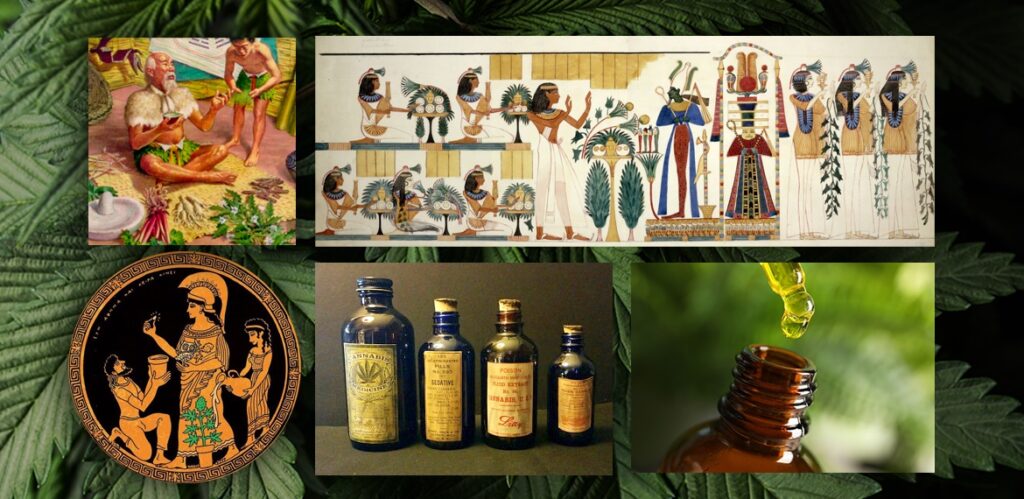
Culture and Its Influence on Substance Use and Abuse
Substance abuse is often more prevalent in certain cultures due to a variety of factors. These factors can include the availability of substances, cultural attitudes toward substance use, and the way that substances are used within a culture. For example, some cultures may have a greater acceptance of substance use, while others may view it as more taboo.
- Culture plays a significant role in substance use and abuse.
- Culture can be a major factor in the development of substance abuse disorders, as well as in the way that people respond to treatment.
- Culture can influence the way that people view substances, how they are used, and how they are perceived by others.
Additionally, some cultures may place a higher emphasis on the use of psychoactive substances for spiritual or religious purposes, while others may view substance use as primarily recreational. Culture can also impact the way that people respond to treatment for substance abuse disorders.
Psychoactive Substance
Psychoactive substances have a long and varied history, dating back to ancient times. Early cultures used psychoactive substances for a variety of purposes, including religious rituals, healing ceremonies, and recreation. Psychoactive substances were also used as a means of communication with the spirit world.
Fruits and plants have been used as psychoactive substances since time immemorial. Many of the most popular psychoactive substances today come from fruits and plants. Some of the most well-known psychoactive substances include alcohol, cocaine, heroin, and marijuana. These substances have been used for centuries for their intoxicating effects.
Historical Roots
The historical roots of substance and alcohol abuse can be traced back to the era of colonization. During this time, Europeans brought over fruits and plants that were unknown to the indigenous people of the Americas. These new substances quickly became a part of many Native American cultures and their use soon spread throughout the continent. However, the introduction of these foreign substances also had a profound impact on native communities.
Substance and alcohol abuse became a major problem in many indigenous communities during the colonial period. This was due in part to the fact that these substances were often used as a means of social control by the colonizers. Native Americans were forced to grow and harvest crops that were then used to produce alcohol. This created a dependence on these substances that led to their abuse.
Before colonization, marijuana and cocaine were not widely used in the region. However, the introduction of these substances by European settlers changed that. marijuana and cocaine became more widely available and their use increased significantly. This increase in availability and use has had a significant impact on the health of Native Americans.
Cultural and Psychoactive Screening
Cultural and psychoactive screening is a process of assessing an individual’s cultural background and potential for experiencing psychoactive substances. This can be done through a variety of means, including interviews, surveys, and observation. The goal of this screening is to identify those individuals who are at risk for developing problems with psychoactive substances. Identifying these individuals early, is it possible to provide them with the necessary support and resources to prevent or reduce the harm that they may experience?
Cultural screening can be an important tool for understanding an individual’s risk of developing problems with psychoactive substances. The cultural background of an individual can also, influence the way that they respond to treatment for substance use disorders.
Some cultures may be more responsive to traditional methods of treatment, such as 12-step programs, while others may prefer more alternative approaches. It is crucial to tailor treatment to the individual to ensure the best possible outcome.
Screening for psychoactive substances can be a valuable tool for preventing harm associated with their use. By identifying those at risk and providing them with the necessary resources and support, it is possible to reduce the negative consequences of psychoactive substances.
About Treatment
Cultural factors can also play a role in the treatment of psychoactive drug use disorders. Treatment approaches that take into account a person’s cultural background and identity are more likely to be effective. Treatment providers should be aware of cultural beliefs and practices that may influence a person’s psychoactive drug use. They should also be familiar with the resources and services available to help people from different cultural backgrounds.
